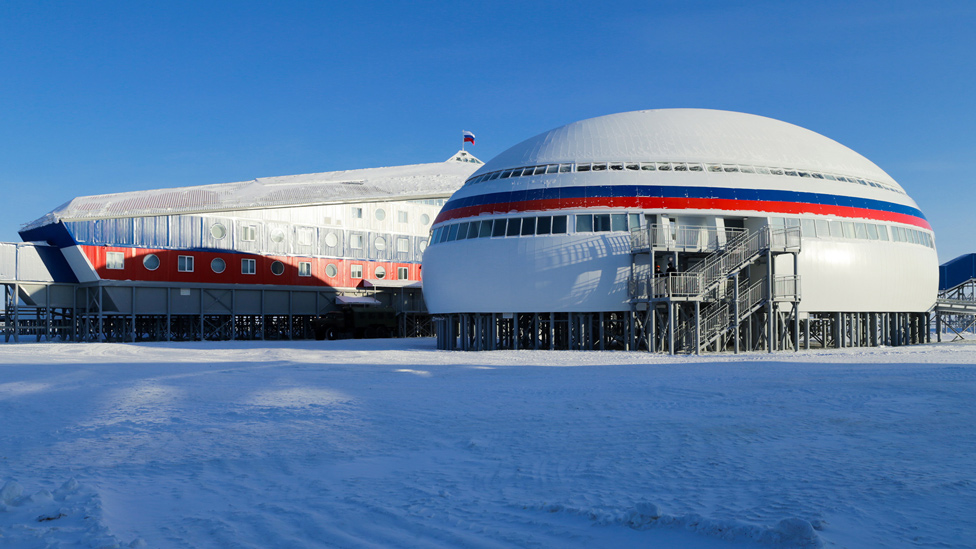- Himadri, India’s Arctic Research Station at Ny-Ålesund in the Norwegian archipelago of Svalbard in the Arctic Ocean, will now remain operational throughout the year. India sent off its first winter expedition, comprising four scientists from four different institutions, to Himadri.
- At least 10 countries have set up permanent facilities at the International Arctic Research base in Ny-Ålesund, a small town above the 78th parallel N about 1,200 km from the North Pole. The Svalbard group of islands is the closest human habitation to the North Pole.
- The mean temperature in Ny-Ålesund in February, the coldest month, is minus 14 degree Celsius, and that in July, the warmest, is 5 degree Celsius.
- Due to the extreme cold, taking scientific observations or sampling has remained largely limited to the summer months. India will join a small group of countries that operate their Arctic research bases through the winter.
- Research stations of at least 11 countries, including India, Ny-Ålesund, Svalbard region of Norway.
- The area above the Arctic Circle, north of latitude 66° 34’ N, is part of eight countries — Canada, Denmark, Finland, Iceland, Norway, Russia, Sweden, and the US — who make up the Arctic Council, plus the Arctic Ocean.
- Scientific research in the Arctic region is governed by international legal instruments like the Svalbard Treaty of 1920 and the UN Convention on the Law of the Seas, apart from the individual jurisdictions of the Arctic countries.
India in the Arctic
- India signed the Svalbard Treaty in Paris in 1920. But it took until 2007 for the first Indian expedition comprising five scientists to visit the International Arctic Research Facilities at Ny-Ålesund with the purpose of initiating studies in Arctic microbiology, atmospheric sciences, and geology.
- India’s permanent research station, Himadri, began operations in July 2008. (Dakshin Gangotri in Antarctica was set up much earlier in 1983, two years after India’s first expedition there. Dakshin Gangotri is now submerged under ice, but India’s two other stations, Maitri and Bharti, are in use.) Himadri, which is currently manned for about 180 days every year, has so far hosted more than 400 Indian researchers who have made a total of about 200 visits to Svalbard.
- The winter expedition by four scientists from the Indian Institute of Tropical Meteorology, Pune, IIT-Mandi, Raman Research Institute, Bengaluru, and National Centre for Polar and Ocean Research, Goa, the nodal agency for India’s polar explorations, will last until January 15, 2024. The research areas will include atmospheric sciences, astronomy, astrophysics, and climate studies. Scientists will study lightning over the Arctic in winter, the role of precipitation in climate change, characterisation of radio frequency environment, and the role of aerosols on climate change.
- Himadri has been equipped for observations during polar nights (that last longer than 24 hours), and supplied with special winter gear, transport, and logistics support from Norwegian agencies.

